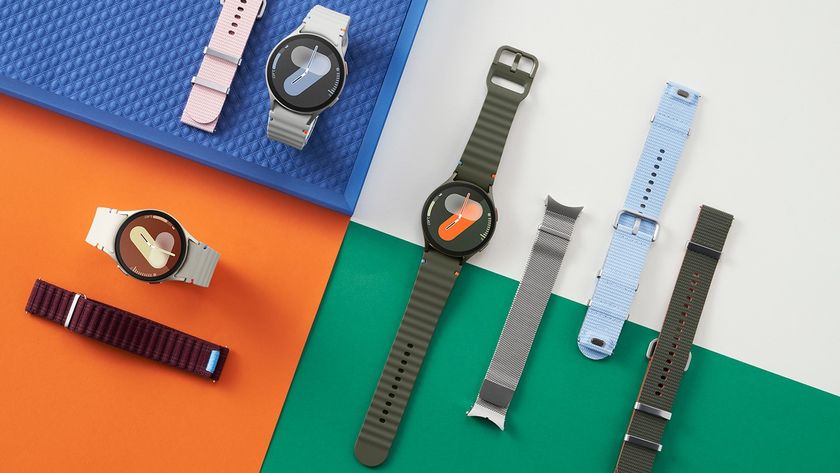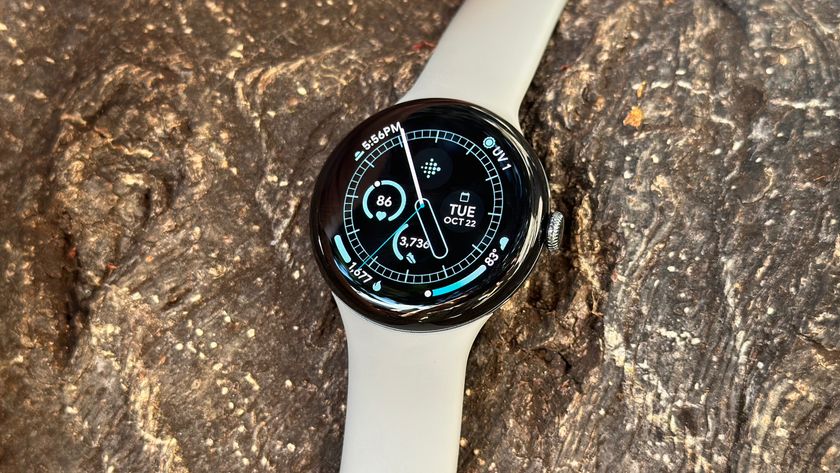Audi commits to Android Auto vehicles for 2015

Hot on the heels of the Android Auto announcement at Google I/O, Audi has already committed itself to the system in future vehicles. The German auto maker has issued a press release detailing that the first Android Auto enabled Audis will be available in early 2015.
Audi's implementation of Android Auto will see it baked into the existing MMI in-car system, with drivers seeing a prompt when they connect up a compatible Android smartphone. It's important to remember that Android isn't taking over all of the running, Audi still has its own proprietary system underneath Android Auto run on the QNX operating system.
Good guy, Audi, also says that Android Auto will not make its cars incompatible with rival smartphone platforms. That's as important for us as it is for them. Audi will continue to offer an in-car experience no matter what phone you own, but it get's a little more special if you're running Android.
Audi Plans to Begin Introducing Android Auto™ Connection Into Vehicles in 2015
- Android Auto will provide a seamless link for Android mobile car apps to function through the Audi MMI® infotainment system
- Motorists will be able to project apps and services optimized for voice commands and the driving environment
- Android Auto is the first innovation to come from the Open Automotive Alliance, a coalition of tech companies and auto industry leaders committed to bringing the Android platform to cars
- Audi, through its role as a founding member of the Open Automotive Alliance, plans to begin introducing Android Auto technology with all-new models launched in 2015.
Android Auto debuted today at the 2014 Google I/O annual technology conference in San Francisco as the first innovation resulting from OAA, a global alliance launched in January by Google, NVIDIA, Audi and three other automakers to extend the Android platform into cars.
With Android Auto, drivers will be able to seamlessly access their Android device car apps using Audi MMI displays and controls optimized for safe and intuitive operation on the road. The OAA is dedicated to building an open ecosystem around a common platform in order to drive innovation in the car, allowing automakers to deliver cutting-edge technology more quickly to drivers.
"As the leader in the emerging field of connected car technologies, Audi recognizes the importance of meeting our customers' mobile technology needs on their terms," said Ricky Hudi, Head of Development Electrics/Electronics, AUDI AG. "But we should only do this through innovations, such as Android Auto, that reduce distractions and improve performance."
Be an expert in 5 minutes
Get the latest news from Android Central, your trusted companion in the world of Android
Personal transportation and the personal need to stay informed are two crucial components of everyday life fulfilled by cars and mobile phones. Android Auto helps motorists move the access point for information from the palm of their hand to the built-in displays of their cars allowing hands to remain on the steering wheel and eyes on the road.
After connecting an Android smartphone in a compatible Audi, drivers will see a prompt asking if they want their apps to function through the MMI touch display and controls. The graphics and audio streams, including microphone input and all control interfaces, will then operate with Android Auto which is seamlessly integrated into the Audi MMI mobile media application framework developed by the Audi software joint venture e.solutions on top of the QNX Car automotive operating system.
Apps showing multimedia video content or text heavy displays will be disabled while the car is in motion, a feature that is standard in all Audi MMI systems. Drivers can easily switch from the Android view and the Audi infotainment functions as desired, or upon disconnecting their Android phone.
The addition of Android Auto in forthcoming models will not make Audi models incompatible with other smartphones. Audi has a proven track record of improving the integrated access to mobile devices in its vehicles while focusing first on avoiding distractions for drivers.













